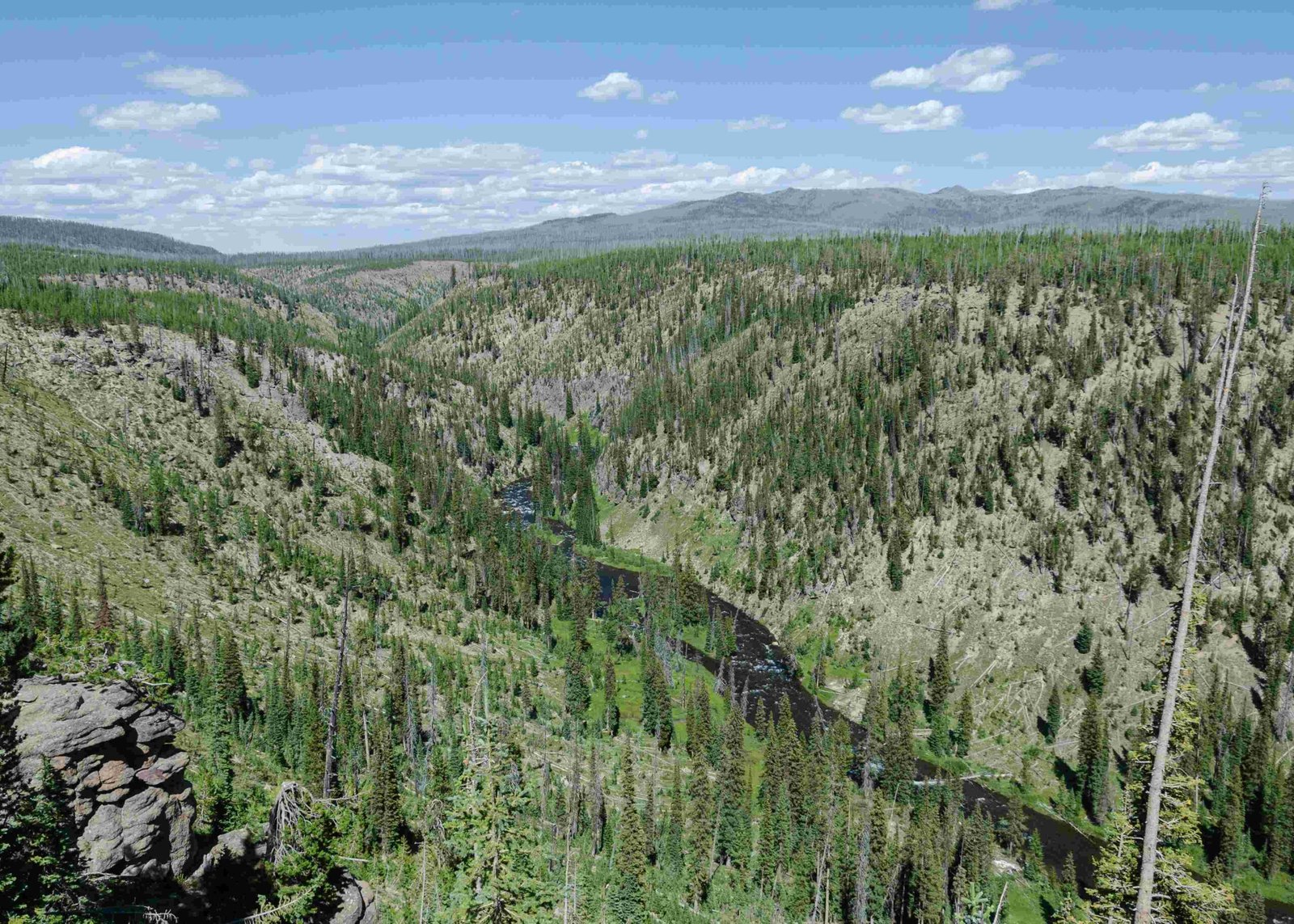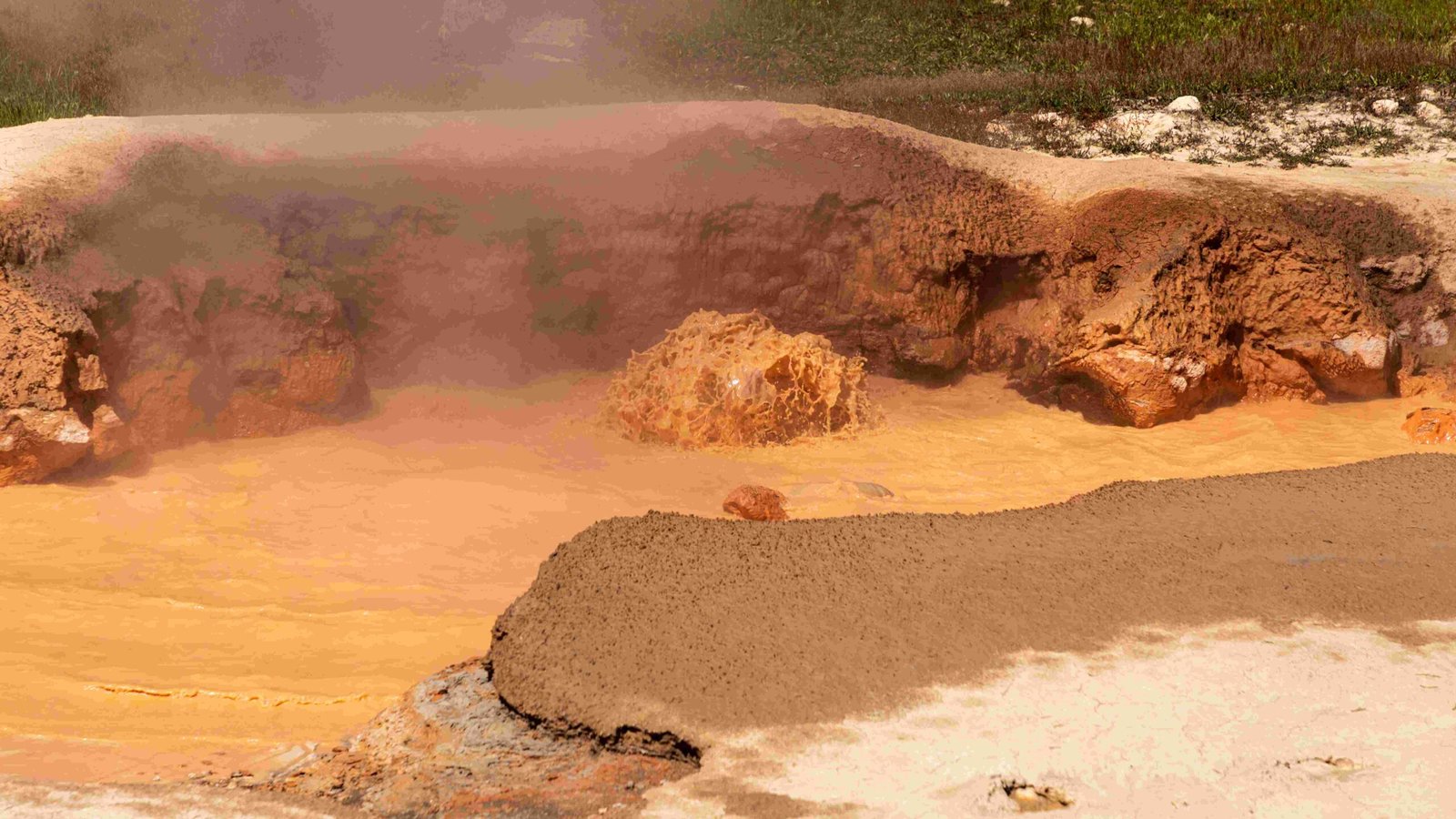Grand Teton National Park, located just south of Yellowstone, offers a stunning complement to its more famous neighbor. While Yellowstone is known for its geothermal features, Grand Teton boasts dramatic mountain scenery, pristine lakes, and diverse wildlife. The proximity of these two parks allows visitors to experience a wide range of natural wonders in a single trip. This guide explores the relationship between Grand Teton and Yellowstone, highlighting access points, shared ecosystems, and unique features of each park.
What Are the Key Differences Between Grand Teton and Yellowstone National Parks?

Grand Teton and Yellowstone National Parks, while adjacent to each other, offer distinct experiences:
- Landscape:
- Yellowstone: Known for geothermal features like geysers and hot springs
-
Grand Teton: Famous for its jagged mountain range and glacial lakes
-
Size:
- Yellowstone: Approximately 2.2 million acres
-
Grand Teton: About 310,000 acres
-
Elevation:
- Yellowstone: Ranges from 5,282 to 11,358 feet
-
Grand Teton: Ranges from 6,320 to 13,775 feet (Grand Teton peak)
-
Primary Attractions:
- Yellowstone: Old Faithful, Grand Prismatic Spring, Yellowstone Lake
-
Grand Teton: Teton Range, Jenny Lake, Snake River
-
Wildlife:
- Both parks share similar species, but Yellowstone has more visible bison herds
- Grand Teton is known for excellent moose viewing opportunities
How Can You Access Grand Teton from Yellowstone National Park?

Traveling between Yellowstone and Grand Teton is relatively straightforward:
- By Car:
- Drive south on John D. Rockefeller Jr. Memorial Parkway
- Approximately 1 hour from Yellowstone’s South Entrance to Grand Teton’s North Entrance
-
No additional fee if you have a valid pass for either park
-
Shuttle Services:
- Several companies offer shuttle services between the parks
-
Typically operate during peak summer season (June to September)
-
Guided Tours:
- Many tour operators offer combined Yellowstone and Grand Teton packages
- Options range from single-day trips to multi-day adventures
What Are the Must-See Attractions in Grand Teton National Park?
When visiting Grand Teton from Yellowstone, don’t miss these key attractions:
- Jenny Lake:
- Take a boat shuttle across the lake
-
Hike to Hidden Falls and Inspiration Point
-
Snake River Overlook:
- Famous viewpoint captured by Ansel Adams
-
Spectacular sunrise and sunset photo opportunities
-
Schwabacher Landing:
- Perfect spot for reflections of the Teton Range
-
Popular among photographers and wildlife enthusiasts
-
Mormon Row Historic District:
- Iconic barns set against the Teton backdrop
-
Best photographed at sunrise
-
Teton Crest Trail:
- Multi-day backpacking route with stunning alpine scenery
- Permits required for overnight stays
How Does the Wildlife Differ Between Grand Teton and Yellowstone?
While both parks share many species, there are some differences in wildlife viewing opportunities:
| Species | Yellowstone | Grand Teton |
|---|---|---|
| Bison | Large herds, easily visible | Smaller herds, less common |
| Moose | Present, but less common | Frequently seen, especially in wetlands |
| Grizzly Bears | More abundant | Present, but less frequently spotted |
| Wolves | Established packs, viewable in Lamar Valley | Occasional sightings |
| Pronghorn | Common in open areas | Often seen in sagebrush flats |
| Bighorn Sheep | Found in mountainous areas | Visible on cliff faces and alpine areas |
What Unique Geological Features Does Grand Teton Offer Compared to Yellowstone?
While Yellowstone is famous for its geothermal features, Grand Teton showcases different geological wonders:
- Teton Fault:
- Visible evidence of tectonic activity
-
Responsible for the dramatic rise of the Teton Range
-
Glacial Lakes:
- Jenny Lake, Jackson Lake, and others formed by glacial activity
-
Offer stunning reflections of the Teton Range
-
U-Shaped Valleys:
- Carved by ancient glaciers
-
Examples include Cascade Canyon and Death Canyon
-
Erratics:
- Large boulders deposited by glaciers
-
Found throughout the park’s lower elevations
-
Moraines:
- Ridges of glacial debris
- Visible evidence of past glacial extent
How Can You Plan a Combined Trip to Both Parks?
To make the most of your visit to both Grand Teton and Yellowstone:
- Allocate Sufficient Time:
- Minimum 5-7 days to explore both parks
-
Ideally, spend 3-4 days in each park
-
Choose Strategic Lodging:
- Stay near the south of Yellowstone or north of Grand Teton
-
Consider lodging in Jackson Hole for easy access to Grand Teton
-
Use the Interagency Annual Pass:
- Covers entrance fees for both parks
-
Valid for one year from the month of purchase
-
Plan for Seasonal Differences:
- Yellowstone’s high season: June to August
- Grand Teton’s peak: July to September
-
Consider shoulder seasons for fewer crowds
-
Combine Activities:
- Mix geothermal sightseeing in Yellowstone with hiking in Grand Teton
- Take advantage of water activities in both parks
By understanding the relationship between Grand Teton and Yellowstone National Parks, visitors can create a rich and diverse experience that showcases the best of both iconic destinations. From the geothermal wonders of Yellowstone to the majestic peaks of Grand Teton, this pairing offers an unparalleled journey through some of America’s most stunning natural landscapes.
References:
1. National Park Service – Grand Teton
2. National Park Service – Yellowstone
3. Wyoming Office of Tourism

